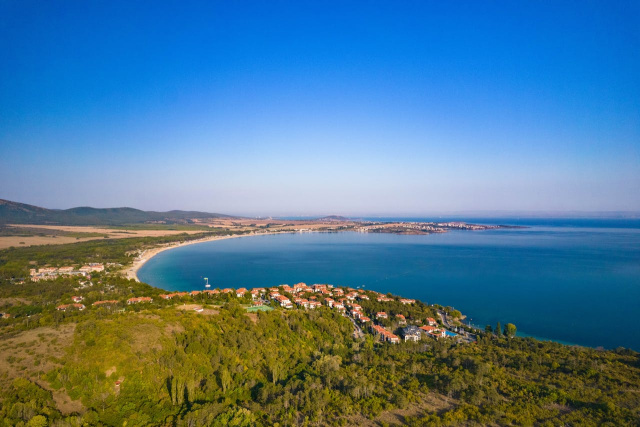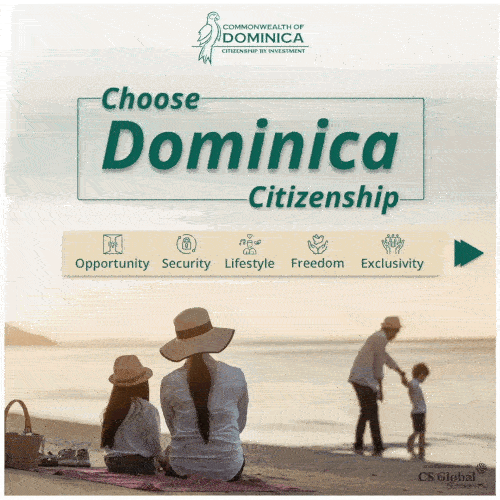
The quality of bathing waters across the European Union remained consistently high in 2024, with the vast majority of monitored sites meeting or exceeding minimum water safety standards, according to a new report released by the European Environment Agency (EEA). The findings reaffirm the EU’s ongoing commitment to environmental health and public safety in recreational waters.
Of the more than 22,000 bathing sites assessed across EU member states, as well as in Albania and Switzerland, a remarkable 96 percent complied with the bloc’s minimum water quality standards. Additionally, 85 percent of sites were rated “excellent,” while just 1.5 percent were categorized as “poor,” the EEA said, citing the latest data published in collaboration with Agence France-Presse.
“These results should reassure citizens that they can enjoy swimming in EU waters with confidence,” said Jessika Roswall, EU Commissioner for Environment and Water Sustainability. “Our strict standards and continued monitoring ensure a high level of safety and environmental protection.”
The annual assessment, which classifies water quality as “excellent,” “good,” “fair,” or “poor,” primarily uses levels of bacterial contamination as an indicator of pollution. Sources of pollution are often linked to untreated sewage discharge or agricultural runoff, particularly after heavy rainfall.
Cyprus emerged once again as the top performer, with 99.2 percent of its monitored bathing waters achieving an “excellent” rating. The island nation was followed by Bulgaria (97.9 percent), Greece (97 percent), Austria (95.8 percent), and Croatia (95.2 percent), all of which consistently rank among Europe’s cleanest destinations for swimmers.
However, the report highlighted stark regional contrasts. Albania saw a significant drop in water quality, with just 16 percent of its bathing sites classified as “excellent,” a sharp decline of more than 25 percentage points compared to the previous year. The reasons for the drop were not detailed in the report, but environmental experts point to underdeveloped wastewater infrastructure and inadequate pollution control as contributing factors.
France, meanwhile, fell below the EU average, with only 74.2 percent of its bathing waters rated “excellent.” Furthermore, 3.4 percent of French sites were deemed “poor,” among the highest shares in the bloc.
The EEA also noted that coastal waters generally fared better than inland sites like lakes and rivers. “Coastal areas benefit from natural water exchange and purification processes, which help maintain higher water quality,” the agency said. “In contrast, inland waters are more prone to temporary pollution spikes caused by weather-related events such as storms and droughts.”
While 321 bathing sites across Europe were rated as having “poor” quality in 2023, improvements were observed at 67 of these locations in 2024. Under EU regulations, local authorities must close any bathing areas found to have poor water quality and take corrective actions to mitigate pollution sources before reopening them to the public.
The report reinforces the EU’s broader commitment to clean water, sustainable tourism, and public health as summer approaches and millions prepare to head to Europe’s beaches, rivers, and lakes.
